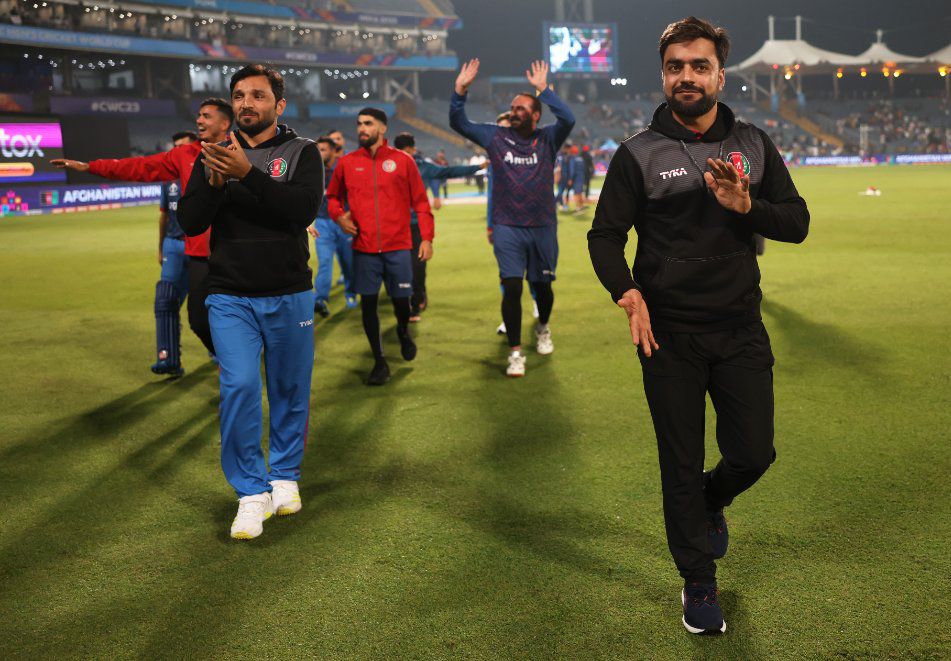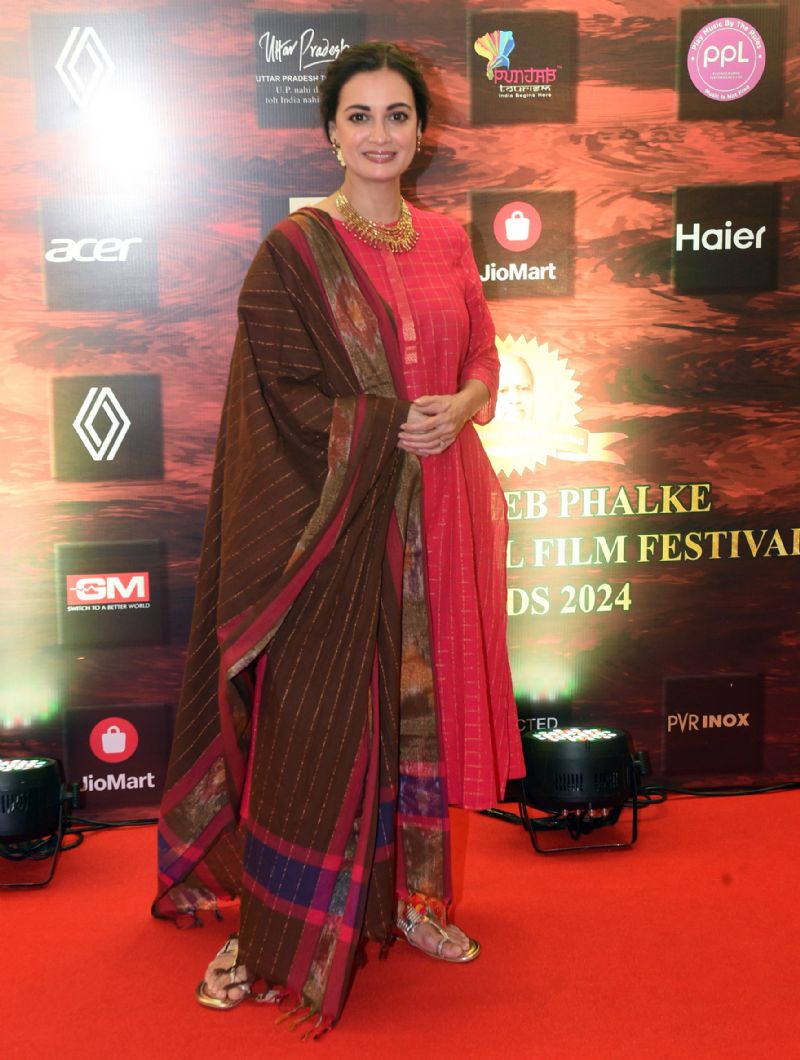|
Nairobi, Aug 11 (IANS) Kenya's Eliud Kipchoge, who defeated a world class field to retain his Olympic marathon title at the Tokyo 2020 Games, has cemented his legacy as the undisputed Greatest of All Time (GOAT) at the distance. His success also continues the dominance of Kenyans in ultimate distance running.
Running the last 10km unchallenged, the 36-year-old had the time and space to wave to the crowd as he neared the finish line and pumped his fist in victory at the tape in 2:08:38 on Sunday.
Behind him, a three-way battle for the minor medals saw Abdi Nageeye (2:09:38) and Abdi Bashir (2:09:58) of the Netherlands and Belgium, respectively, out-duel Kenya's Lawrence Cherono (2:10:02) to the silver and bronze.
They all came home over a minute behind the man they all came to beat. However, on the day, he was simply untouchable.
Kipchoge delivered another masterclass to extend his streak to 12 victories in 14 official marathons started.
Inevitably, his latest triumph in brutal conditions in Sapporo -- though his winning time was way off the 2:01:39 world record he set at the 2018 Berlin Marathon -- has invoked the question of why Kenyans are great runners. Four of the nine medals in marathon of the last three Olympic Games have gone to Kenya.
Since the late 80s, about 70 to 80 percent of winners of international marathons have been from Kenya, an east African nation of about 48 million people according to the country's 2019 population census.
Even more amazing, over three-quarters of the Kenyan champions come from one ethnic community of 6.4 million -- the Kalenjin -- who are a group of Southern Nilotic peoples indigenous to East Africa.
Numerous studies mainly by Western nations have been conducted to establish the reason behind the extraordinary success of Kenyan runners.
Studies have found significant differences in body mass index and bone structure between the Western athletes and the Kenyans who had bested them.
The studied Kenyans had less mass for their height, longer legs, shorter torsos, and more slender limbs.
Speaking to Xinhua on Tuesday, Irish missionary and athletics coach Brother Colm O'Connell who is widely known as the "Godfather of Kenyan running" explained that the excellence of Kenyan runners cannot be summed into a single or a set of reasons.
"What I would put above everything else is Kenya has created a running culture that is more important than all other factors or potential factors such as genetics, good climate and rural areas of training," O'Connell said.
"We have a solid running culture in place and a good system of identifying and nurturing talent although it is now shaky," said the athletics coach who has unearthed talent of countless Kenyan running champions including the Tokyo 2020 men's 800m gold medallist Emmanuel Korir.
According to the Irishman who has lived in Kenya since the 1970s, the younger generation of potential champion runners has a crop of role models to look up to such as marathon king Kipchoge, two-time Olympic winner Faith Kipyegon and world champion Hellen Obiri.
"In the recent past we had the likes of David Rudisha and Vivian Cheruiyot and before them there were others who motivated them. Having role models for every generation is what continues to inspire more youngsters to start running here," he said.
While Kenya once again topped the African medal charts at the Olympics, O'Connell is concerned that the dominance is under threat from lack of good facilities as well as the collapse of the country's school structures that unearthed hundreds of champion runners in the past.
"In Tokyo our runners had some issues because of a lack of stadiums, and we have poor training facilities. The schools are also not the production areas for young runners like before," he rued.
For years, the cultural argument was that Kenyans become great runners because they often run several kilometres to and from school every day but that has been debunked in recent times.
Champion Kenyan athletes either walk or take the bus to school like normal children do and since the turn of the century, many stopped running bare feet which were thought to develop good habits.
It was also previously thought that the simple Kenyan diet mainly rich in carbohydrates and protein was responsible, but the reality is champion athletes eat nothing special.
Another argument noted that many of Kenya's best runners come from the sunny highlands in the Great Rift Valley, which also happens to be the birthplace of homo sapiens.
The land there is flat with mild year-round weather, encouraging regular outdoor running.
The high elevation -- about 7,000 feet -- could help runners here develop lungs capable of functioning in thinner air.
A few European studies in Germany and Denmark concluded Kenyans enjoy a genetic advantage over other runners with the average Kalenjin capable of beating 90 percent of the global population.
--IANS
kh/
Copyright and Disclaimer: All news and images appearing in our news section, search engines and social media are provided by IANS. If you face any issues related to the content/images, please contact our news service provider directly. We are not liable/responsible for any content/images related to the news service provider.
|




.jpeg)

.jpeg)


